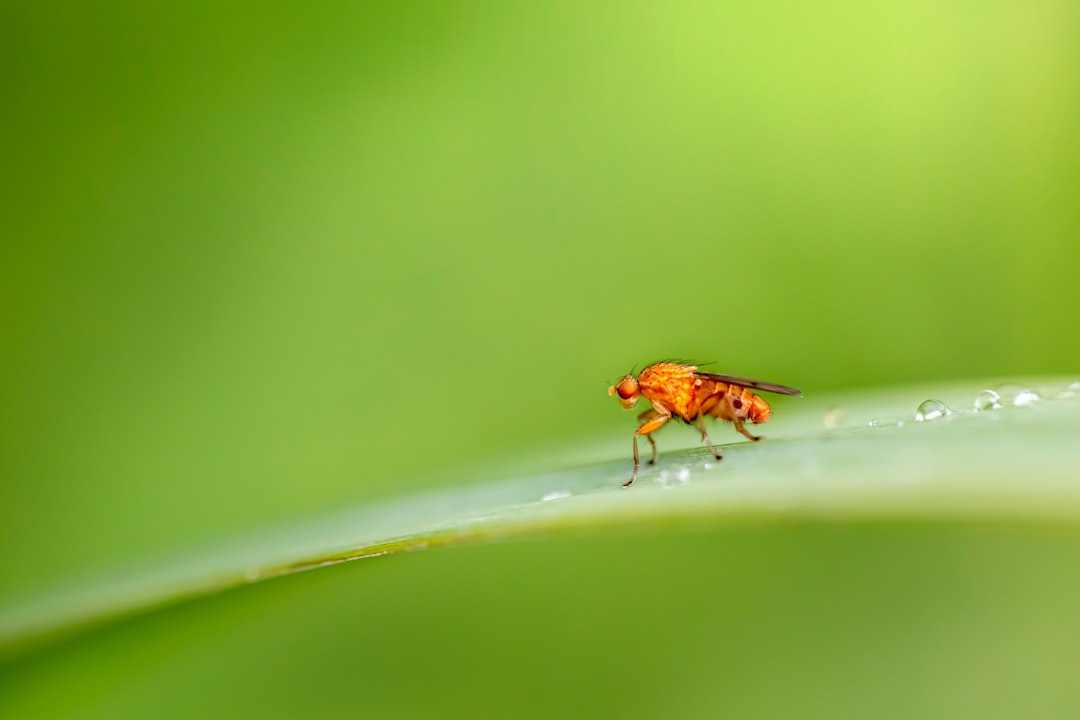What is it about?
A well accepted model describing the collinearity of Hox gene expressions is the ‘two phases model’ proposed by D. Duboule and collaborators. This model is based on the molecular mechanisms regulating the Hox gene expression from the telomeric and centromeric sides of the Hox cluster. This model can explain many (but not all) of the genetic engineering experiments on Hox gene activation during the early development along the Anterior/Posterior axis of the vertebrates. A different ‘biophysical model’, proposed by the present author. is based on the hypothesis that physical forces are created which pull gradually the Hox genes towards a territory where gene activation is possible. This model appeared first in 2001 but it was not adopted by the majority of developmental biologists because it sounded ‘exotic’ and not well supported by the existing experimental evidence. However recent experiments performed in Duboule’s Lab showed that during HoxD activation the cluster is gradually elongated up to 500 nm as if pulled from the 3' side of the 3' to 5' chromatin axis (Fabre et al. PNAS 2015). This unexpected finding is compatible with the biophysical model description. It was therefore suggested to submit this model to further testing.
Featured Image
Why is it important?
It is important to propose experimental settings that could distinguish which of the two models (the 'two-phases' or the 'biophysical') correctly describes the new data. In this paper such genetic engineering experiments are proposed where extended regions centromeric to the HoxD cluster are inverted. Similar experiments have already been performed in Duboule’s Laboratory. For the proposed settings the two models predict different results. It is therefore of significance to distinguish which model correctly predicts the data (if any at all).
Perspectives
If the biophysical model proves correct, I could think of several refinements of the model. E.g. comparing the elongation of the activated HoxD cluster with the features of pulling forces acting on an expanding elastic spring.
Dr Spyros Papageorgiou
NCSR 'Demokritos', Athens, Greece
Read the Original
This page is a summary of: Comparison of Models for the Collinearity of Hox Genes in the Developmental Axes of Vertebrates, Current Genomics, April 2012, Bentham Science Publishers,
DOI: 10.2174/138920212800543093.
You can read the full text:
Contributors
The following have contributed to this page










